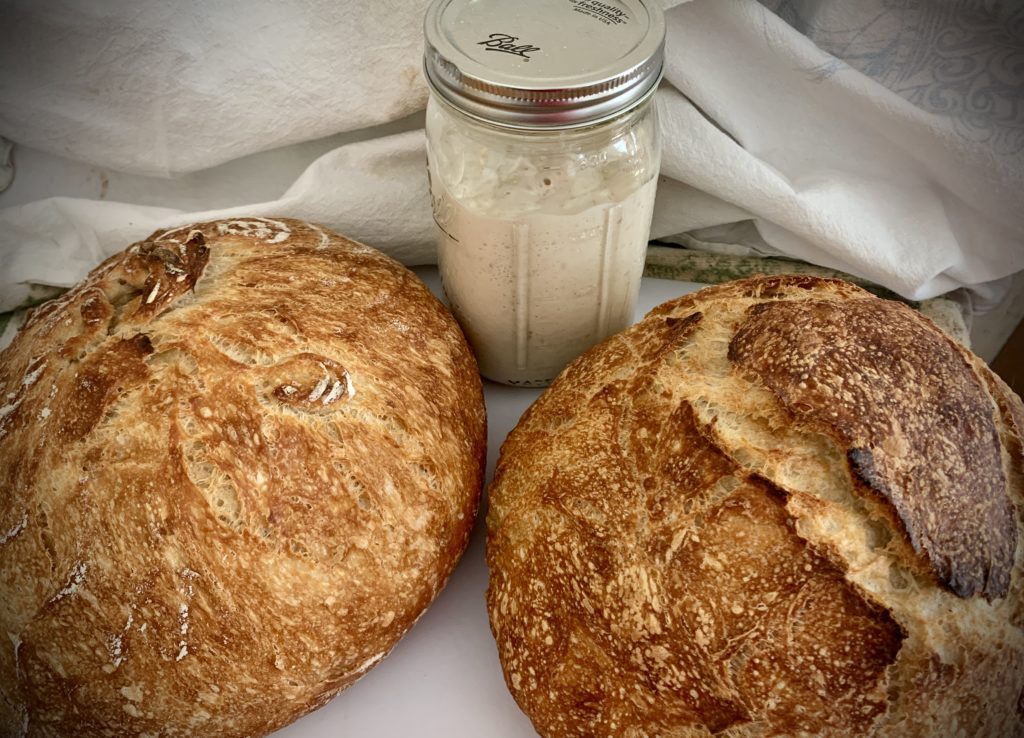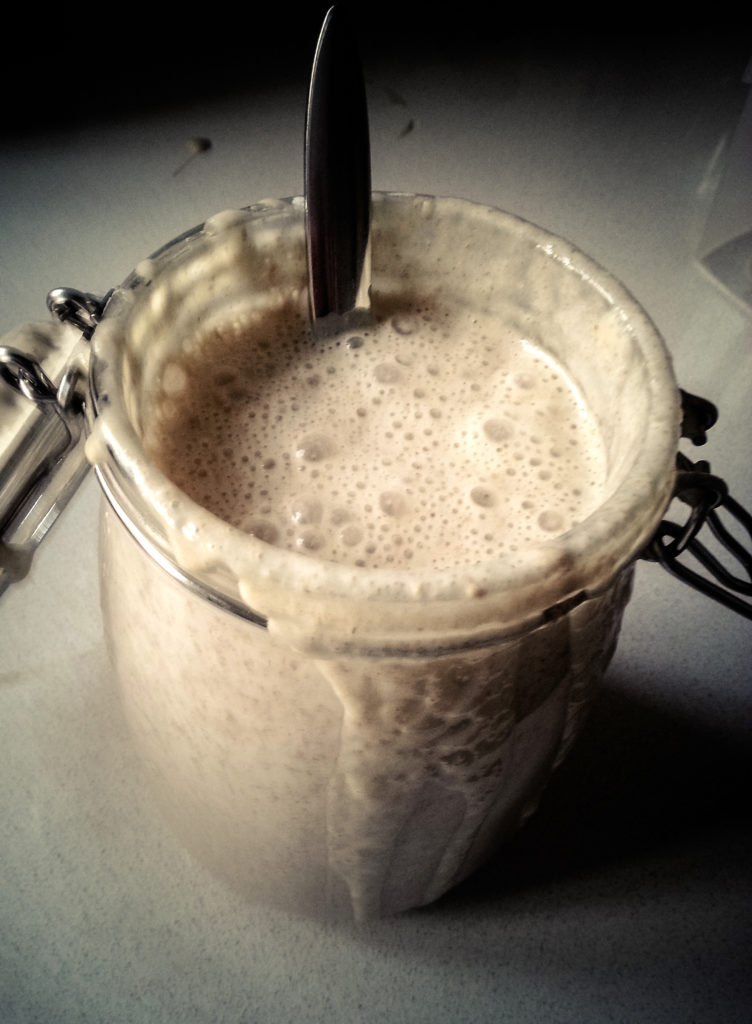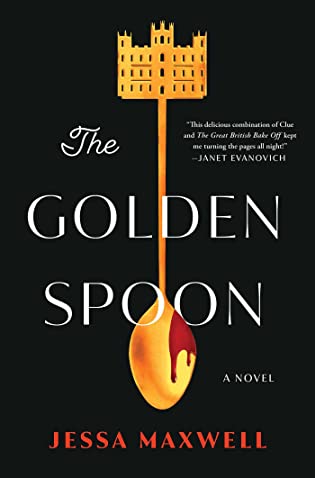 The Golden Spoon by Jessa Maxwell
The Golden Spoon by Jessa Maxwell Published by Atria Books on March 7, 2023
Genres: Contemporary Fiction, Mystery
Pages: 269
Format: Hardcover
Source: Library
Buy on Amazon, Buy on Bookshop
This post contains affiliate links you can use to purchase the book. If you buy the book using that link, I will receive a small commission from the sale.
Goodreads
For six amateur bakers, competing in Bake Week is a dream come true.
When they arrive at Grafton Manor to compete, they're ready to do whatever it takes to win the ultimate The Golden Spoon.But for the show's famous host, Betsy Martin, Bake Week is more than just a competition. Grafton Manor is her family's home and legacy—and Bake Week is her life's work. It's imperative that both continue to succeed.
But as the competition commences, things begin to go awry. At first, it's small acts of sabotage. Someone switching sugar for salt. A hob turned far too high.
But when a body is discovered, it's clear that for someone in the competition, The Golden Spoon is a prize worth killing for...
This book was a lot of fun, and the mysteries (plural!) kept me turning the pages. On the jacket, Janet Evanovich’s blurb describes it as a “delicious combination of Clue and The Great British Bake Off,” and I could think of a better way to sum it up.
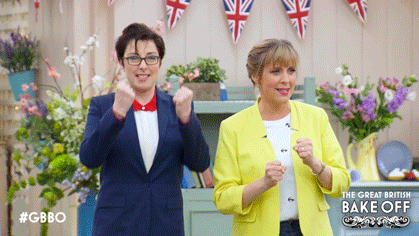
It’s clear that Jessa Maxwell is a fan of The Great British Bake Off, though she chose to set her book in Grafton, Vermont, with American characters. In a way, that decision makes a lot of sense, as Americans would be much more horrible and ruthless, and it’s entirely believable that acts of sabotage would cloud the competition from the start. I think The Great British Bake Off has a lot of fans precisely because it’s so wholesome—the contestants hardly seem to be competing against each other.

Maxwell has identified a few “types” of Bake Off contestants and included them in her novel: the grandmotherly type who has been baking for her family for decades; the young baker who started baking less than a year ago; the precise engineer/scientist. Archie and Betsy bear a small resemblance to Paul Hollywood and Mary Berry, respectively.

I loved the idea for the book. It works as a mystery, and Maxwell drew an appropriate atmosphere for the book. I did think some of the characters were over-the-top and hard to believe as actual human beings. Melanie, Betsy’s assistant, and the apparent showrunner and camera crewman Graham are just… weird.

I noted several annoying typos in the book; they might be the fault of the copyeditor.
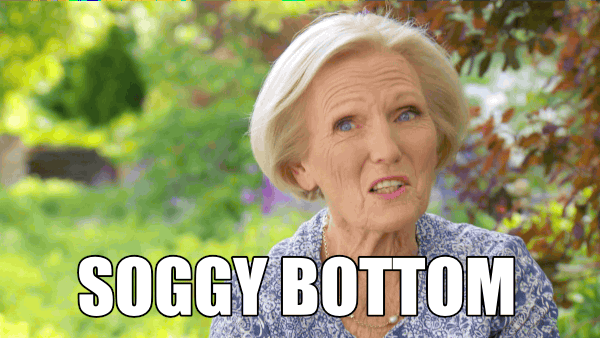
However, the net result is that I still devoured the book in a few big gulps this week. I highly recommend it to anyone who likes Bake Off and enjoys a good cozy mystery.

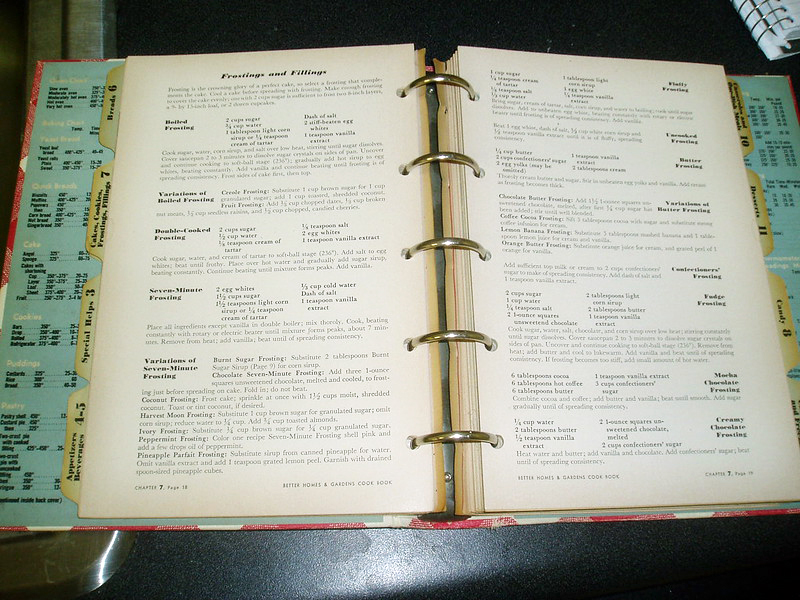
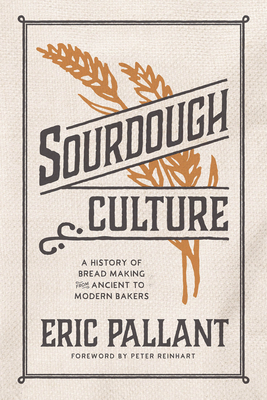 Sourdough Culture: A History of Bread Making from Ancient to Modern Bakers by
Sourdough Culture: A History of Bread Making from Ancient to Modern Bakers by 
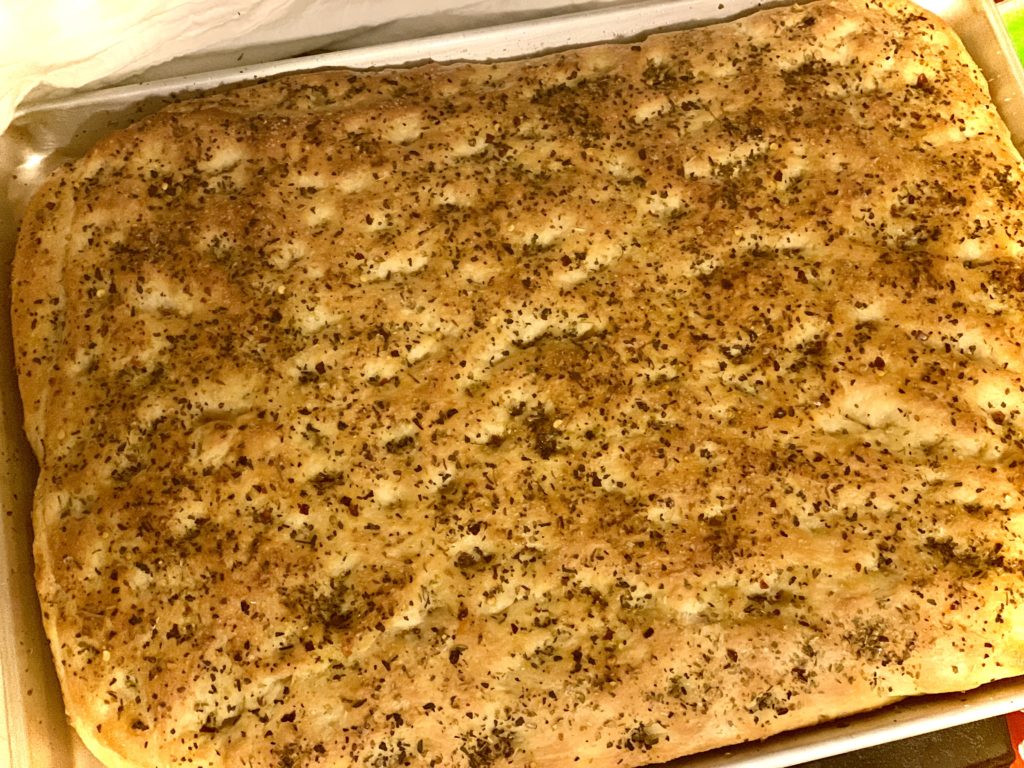
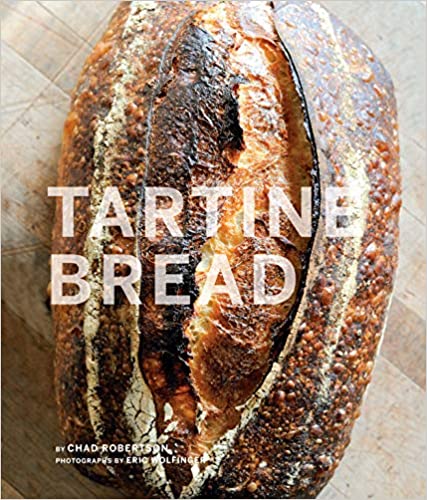 Tartine Bread by
Tartine Bread by 
